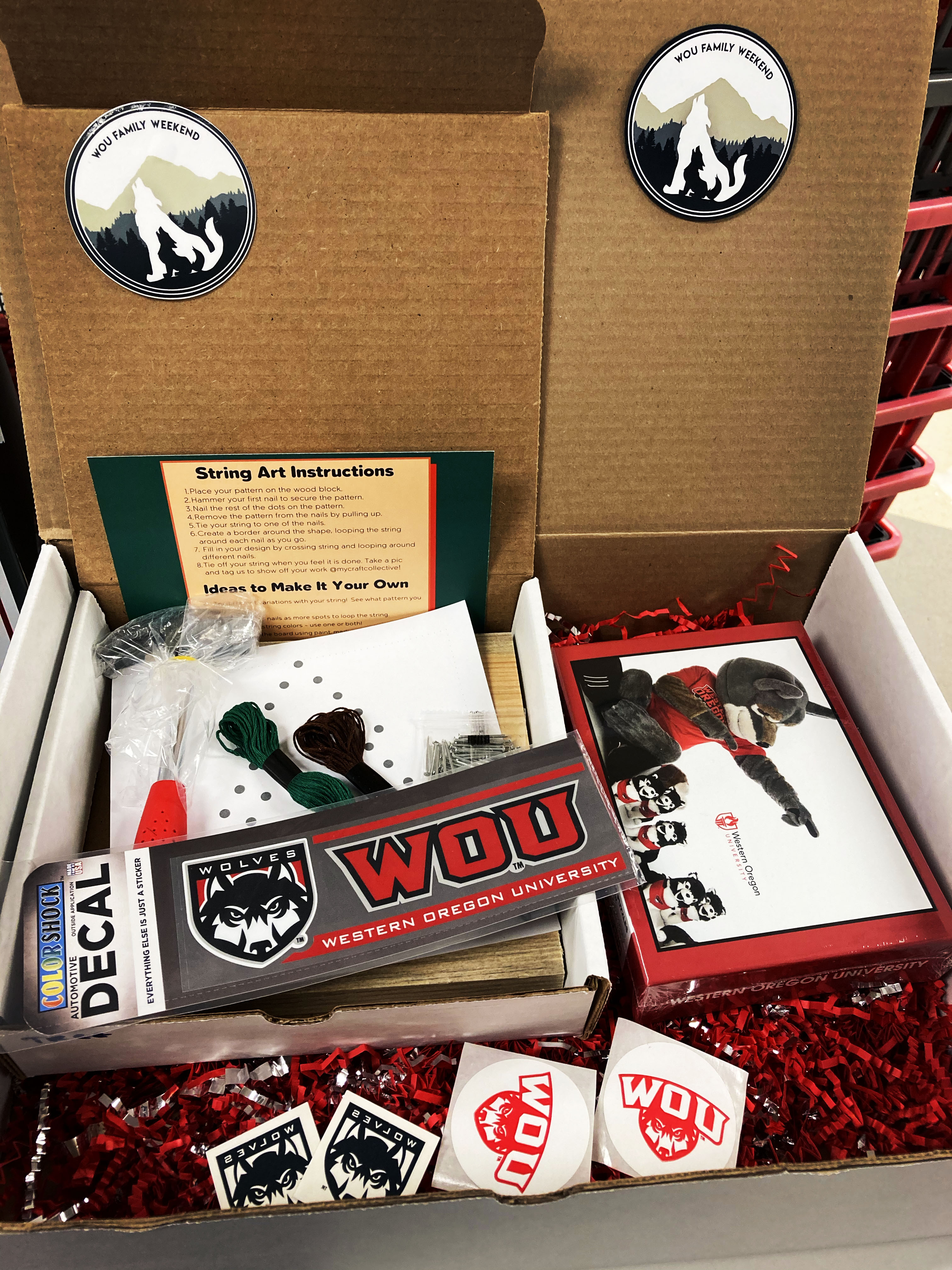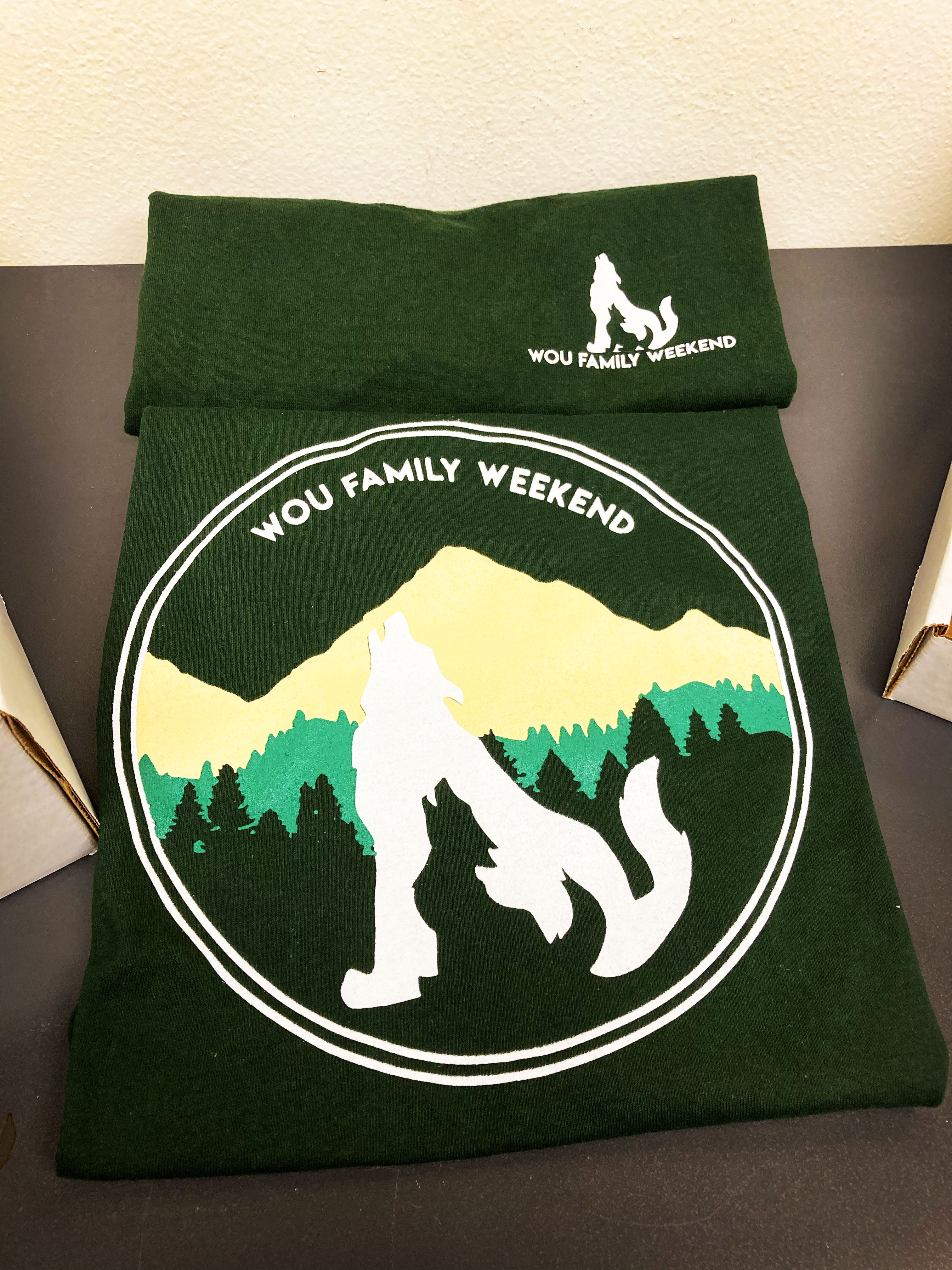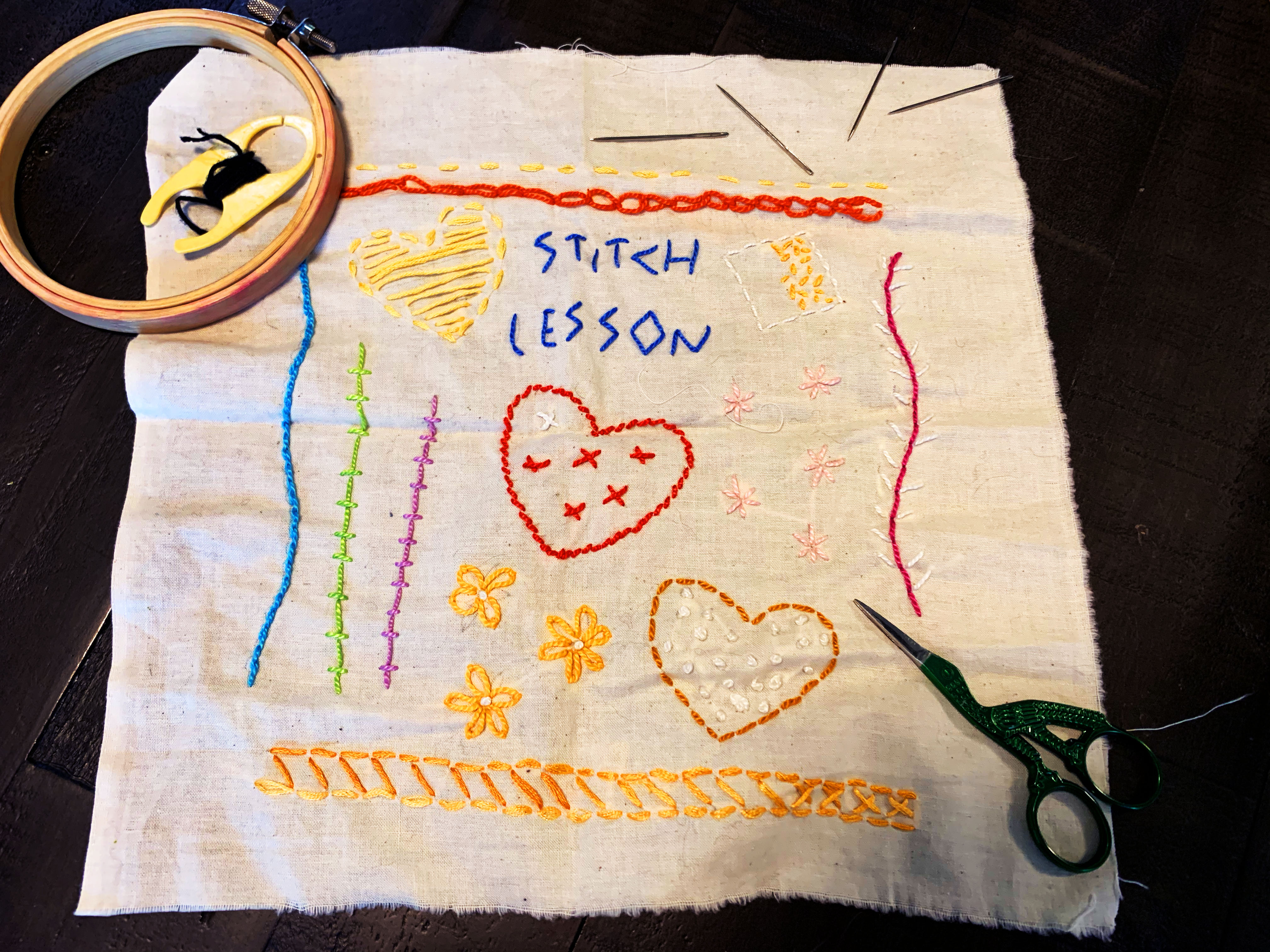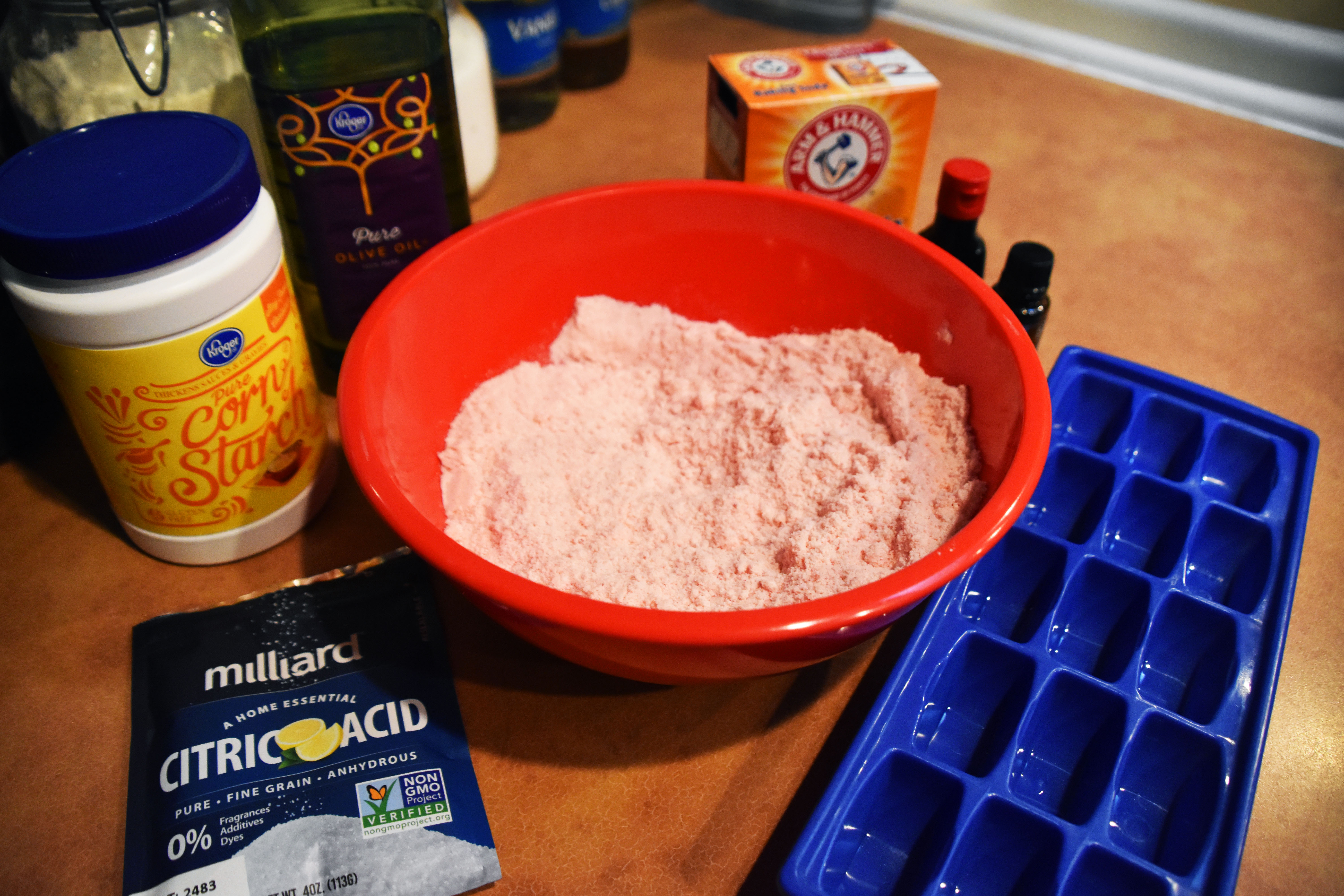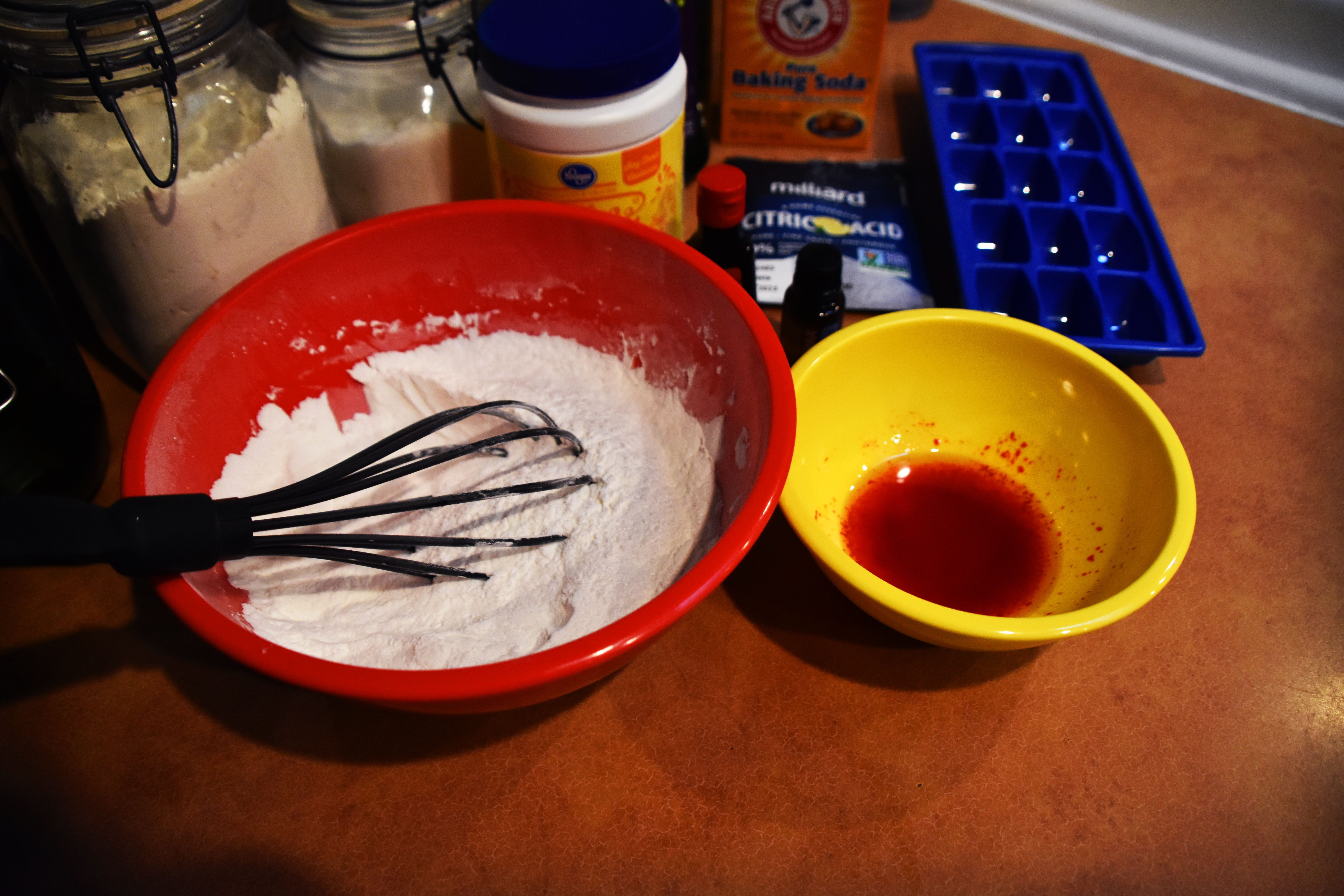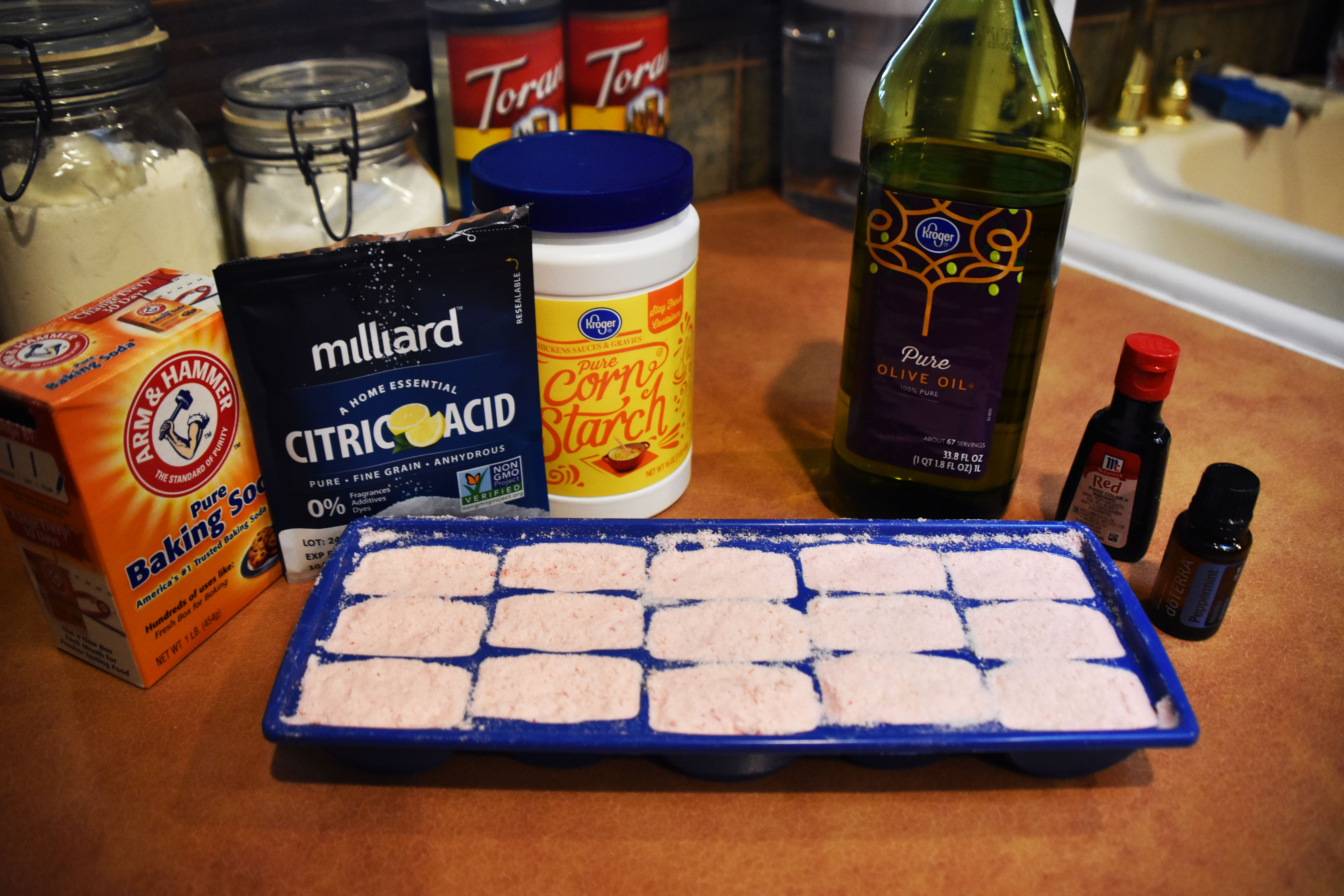Repurposing crafts for horrific handmade decor
Sarah Austin | Lifestyle Editor
Seasonal decorating can be expensive or create a lot of unnecessary waste. Try these ideas that repurpose items lying around the house for a more affordable and sustainable option.
- Artificial flowers can easily go from chic to eerie. Paint or spray paint with any color. Once dry, glue on a googly eye or draw an eyeball in the center.
- A milk jug can be turned into a jack-o’-lantern. Wash out the jug and let it dry first. Decorate the jug in any number of ways; draw a face on the front, tape on construction paper or paint the entire jug. After the face is made, light up the pumpkin by filling it with glow sticks, string lights or battery powered candles. Add leaves to the spout to complete the pumpkin. Make multiple for variation.
- Using newspaper or old homework, make a fake body or scarecrow. Do so by stuffing some clothing with crumpled pieces of paper. Place outside the door, in the yard or somewhere in the house for a ghoulish addition to your Halloween decor.
- Yarn or thread can be made into spider webs. Hang up a few tacks wherever is convenient, then weave under and around the yarn in any pattern for a “threadful” look.
- For an apothecary touch, find some mason jars and fill them with spooky items. Use plastic or candy eyeballs, water and food coloring to give a potion look, branches or crushed leaves and so much more for a chilling counter.
- Repurpose pool noodles into a faux chain. Take one noodle, stand it straight up and down and cut it vertically in half an inch to one inch wide sections. Repeat all the way down. After all have been cut, make one horizontal cut per chain link. Connect each individual piece to another. Paint black or gray for full effect.
Properly dispose of all items, keep decorations around for a creepy theme or store for next year after use for a completely green experience.

Contact the author at lifestyleeditor@thewesternhowl.com


